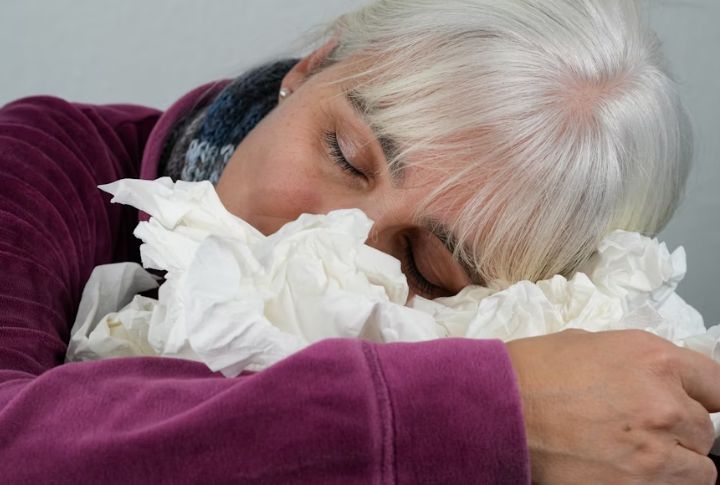
Not all naps are as restful as they seem, especially in older adults. Certain patterns, such as frequent dozing or inconsistent nap schedules, may indicate underlying health issues. These napping habits could reflect as quiet signals that something’s off. So, let’s understand the connection between napping and overall health. It will help you spot early warning signs you might otherwise miss.
Dozing Off While Sitting Still May Signal Sleep Troubles

Falling asleep while watching TV or reading can point to undiagnosed sleep disorders. It’s an early marker of poor sleep quality and higher mortality. These “passive naps” resemble micro-sleeps in truck drivers, and many don’t realize they’ve even dozed off.
Naps Over 90 Minutes Linked To Higher Mortality

Older adults who nap for more than 90 minutes face increased health concerns, including increased mortality. These longer naps often stem from poor nighttime rest. Surprisingly, the brain benefits more from a 20 to 30-minute nap. Excessive daytime sleep can also trigger a rise in blood sugar.
Irregular Nap Timing Disrupts Heart Health

Shifting nap schedules confuses the body’s natural rhythm, placing extra stress on the cardiovascular system. Even sporadic weekend naps can disrupt heart balance. The heart excels in consistency, and unpredictable nap timing sends mixed signals that may increase long-term heart and metabolic risks.
Napping In Total Darkness May Disrupt Natural Sleep-Wake Cycles

Total darkness during naps can reduce melatonin (sleep hormone) control and confuse the brain’s timekeeping. This disruption has been tied to higher chances of mood issues and chronic disease. Even closed eyelids allow light to influence the brain, making daylight naps potentially more restorative than blackout ones.
Sudden Increase In Napping Raises A Red Flag

An abrupt shift to daily napping may appear before medical symptoms surface. Inflammation or chronic conditions often trigger this change. Some people nap to reduce bodily stress without realizing it. Tracking these shifts helps identify problems before they become clinically obvious.
Long Afternoon Naps Linked To Stroke Risk

Post-lunch naps that extend beyond 60 minutes have been linked with inflammation and stroke in older adults. One explanation is that these naps raise levels of CRP, a marker associated with vascular issues. Morning naps may be less risky than those taken later in the day.
Weekend-Only Naps Can Spike Blood Pressure

Relying on long weekend naps to recover lost sleep can push blood pressure higher and increase the likelihood of metabolic syndrome. The body treats these nap surges like minor jet lag. Sleep routines that swing wildly may do more harm than consistent, shorter sleep habits.
Napping After 4 PM Worsens Nighttime Insomnia

Napping after four in the afternoon can interfere with melatonin release and make it harder to fall asleep later. Seniors are especially sensitive to these shifts in rest cycles. Even light exposure during or after naps influences how and when the brain prepares for night rest.
Snoring During Naps May Signal Sleep Apnea

If you snore or gasp while sleeping, it could indicate undetected obstructive sleep apnea. This condition affects memory and heart health. Daytime symptoms are often missed during nighttime evaluations. Naps provide a window into breathing patterns that may otherwise go unnoticed during regular sleep.
Chronic Napping Tied To Depression And Mortality Risk

Consistent reliance on naps is often tied to depression, especially in older adults. This habit can be part of a fatigue-depression cycle that raises long-term mortality risk. Many people nap to escape stress rather than soothe tiredness. This behavior can mask deeper emotional or medical challenges.

